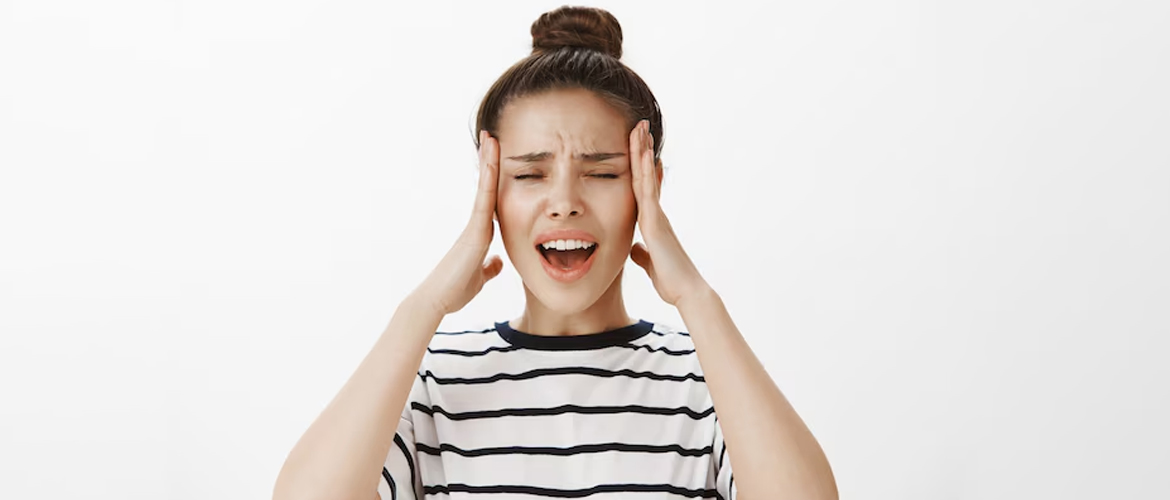Hello, readers! Today, we’re going to talk about something that might sound a bit tricky, but don’t worry—I’ll explain everything clearly. Here we’re discussing everything about those really bad headaches that can make you feel very uncomfortable. By the end of this blog, you’ll know all about them including how to stop a migraine. Let’s get started!
What is a Migraine Headache?
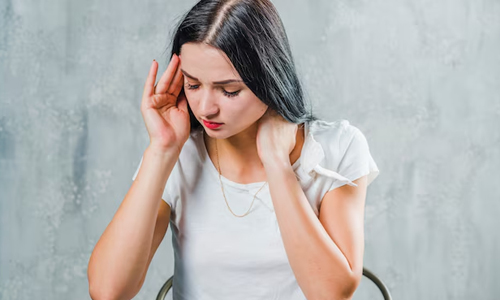
Imagine your head as a busy city. Sometimes, all the traffic in your head gets crowded and noisy. That’s kind of like a migraine. It’s a special kind of headache that makes your head hurt a lot with intense pain, usually on one side of your head. It can last for hours or even days and can make it hard to do anything, like playing, studying, or even just relaxing.
Different Stages of Migraines
Migraines can come in different stages, and each stage has different symptoms. In simpler terms, it’s like a movie with different parts.
1. Prodrome
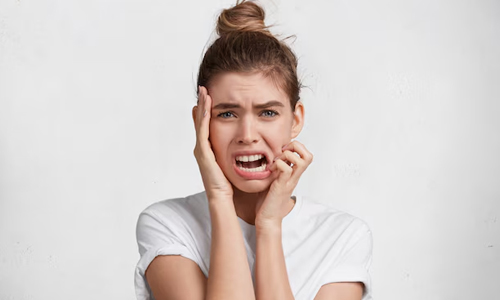
This is the warning sign. You might start to feel a little off like you’re tired, cranky, or hungry.
2. The Aura

Some people see flashing or sparking lights or zigzag lines or have other weird feelings before the headache starts. It’s like your brain is sending out strange signals.
3. The Headache

This is when the pain hits. It can feel like pounding, throbbing, or stabbing which is painful and annoying.
4. The Postdrome
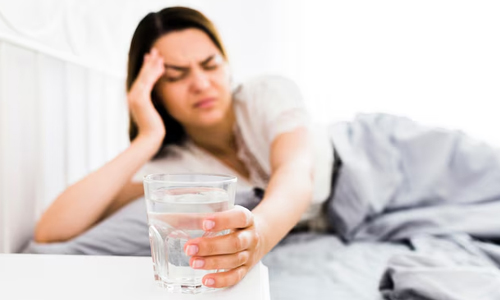
After the headache, you might feel tired and confused like a headache hangover for a little while.
But Why Do People Get Migraines?
We don’t always know why people get migraines, but some things might make them more likely. These things are called triggers.
Some Common Triggers of Migraines Are
- Stress: When you’re worried or upset, they can sometimes trigger a migraine.
- Food: Certain foods like chocolate, cheese, red wine, or processed meat can be triggers for some people.
- Weather: Weather changes can cause migraines.
- Sleep: Not getting enough sleep or sleeping too much can cause migraines.
- Bright Lights and Loud Sounds: These can be bothersome and can trigger a migraine.
Symptoms of Migraine
Migraines can make you feel uncomfortable. Here are some common symptoms:
- A throbbing or pulsing pain in your head, often on one side.
- Feeling sick to your stomach or throwing up.
- Being very sensitive to light and sound.
- Seeing spots or flashes of light (aura).
- Feeling dizzy or tired.
What Happens in the Body During a Migraine
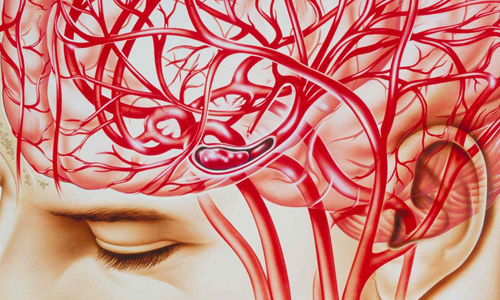
When you have a migraine, the blood vessels in your brain get bigger and some special chemicals in your brain get mixed up, causing inflammation (swelling). This makes the nerves send pain signals to your brain, and that’s what causes the headache. It’s like your brain is playing a loud alarm, making everything seem too bright, too loud, and too painful.
Will it Affect Other Areas of the Body?
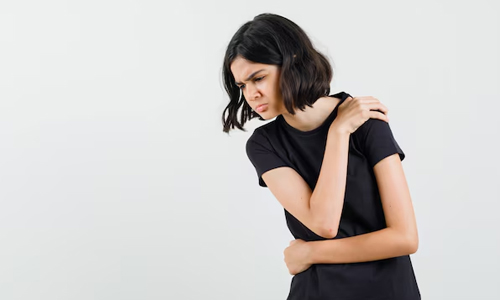
Yes, migraines can affect other parts of your body. You might have pain in your neck, shoulders, or even your tummy. Sometimes, your hands or feet might feel tingly or numb, dizzy, and have trouble concentrating or speaking.
Can Migraines Cause Fever?
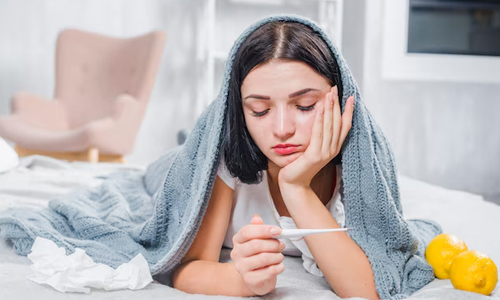
No, migraines do not typically cause fever. While it’s possible to experience a slight increase in body temperature during a severe migraine, a true fever (usually defined as a temperature above 100.4°F or 38°C) is more likely a sign of an underlying infection or other health condition. If you’re experiencing both a migraine and a fever, it’s important to consult with a healthcare professional to determine the cause.
How Does Botox Help Migraines?

Botulinum toxin works by preventing the release of certain chemicals called neurotransmitters involved in pain transmission. By blocking their release, Botox helps reduce pain. It can also relax the muscles in the head and neck, which often contribute to migraine pain. The treatment involves a series of injections into specific areas of the head and neck.
Note: Botox is not a quick fix for an ongoing migraine. It’s a preventive treatment designed to reduce the frequency and severity of migraine attacks over time.
How to Deal with Migraine Pain
While there’s no magic cure for migraines, here are some tips on how to stop a migraine and manage the pain:
1. Rest in a Dark, Quiet Room
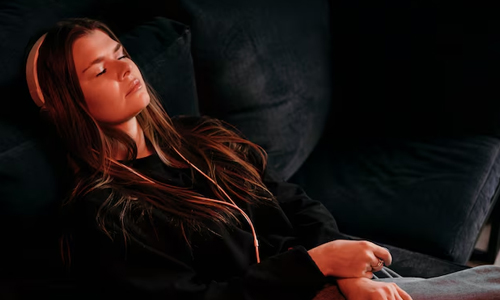
Light and noise can make migraines worse, so find a calm and dark place to relax. Cover your eyes with a cool cloth to reduce light sensitivity and use earplugs to block out distracting sounds. Try to stay still and avoid any physical exertion.
2. Stay Hydrated

Drink plenty of water throughout the day to stay hydrated. Dehydration can trigger headaches, including migraines. Carry a reusable water bottle with you to remind yourself to sip regularly.
3. Relaxation Techniques
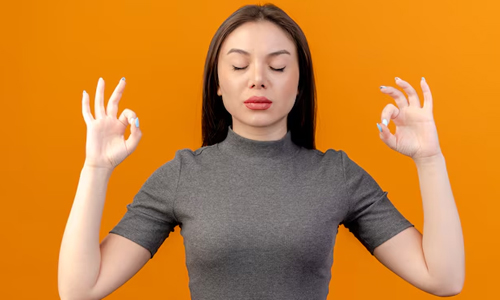
Try deep breathing, yoga, listening to calm music, mindfulness, or meditation to bring peace to your mind and body. These relaxation techniques can help reduce stress and tension, often contributing to migraine triggers.
4. Regular Sleep Schedule
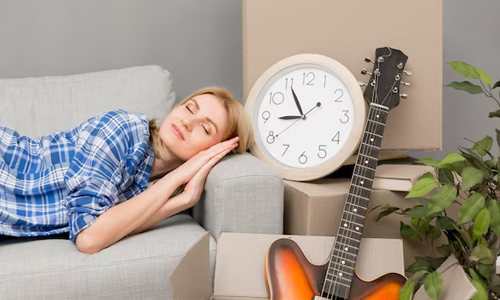
Go to bed and wake up at the same time every day. Aim for 7-9 hours of sleep each night. This helps regulate your body’s internal clock, leading to improved sleep quality and increased energy levels.
How to Stop a Migraine Using Home Remedies
Sometimes, migraines can be managed right at home with simple remedies. Let’s explore different methods and how they can help reduce migraine pain. Remember, it’s all about finding what works best for you.
1. Caffeine Buzz: A Temporary Relief?

Caffeine can help stop a migraine by narrowing the blood vessels and reducing inflammation. A cup of coffee or tea might be just what you need, but be careful not to overdo it, as too much caffeine can trigger headaches.
2. Ginger: Nature’s Calming Remedy
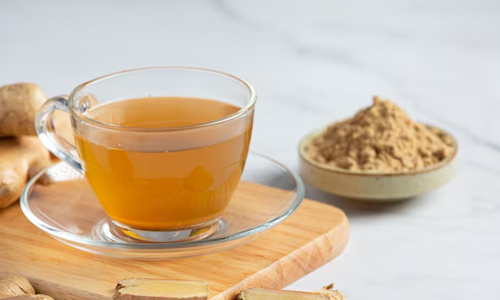
Ginger is a natural anti-inflammatory and can help reduce nausea and pain associated with migraines. Drinking ginger tea or taking ginger supplements can provide relief.
3. Chill Out with Cold Compression Therapy
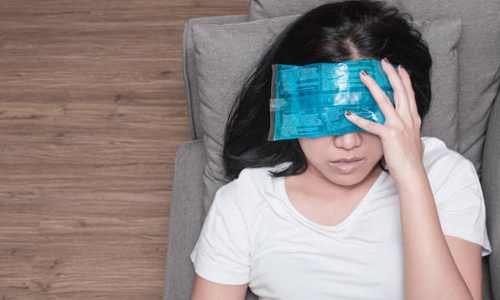
Applying a cold pack to your forehead can numb the area and reduce pain. The cold helps to constrict blood vessels and reduce the sensation of throbbing.
4. Magnesium Magic: A Relaxing Mineral

Magnesium deficiency is linked to migraines. Taking magnesium supplements or eating magnesium-rich foods like nuts and leafy greens can help prevent and alleviate migraines.
5. Massage: Knead Away the Pain
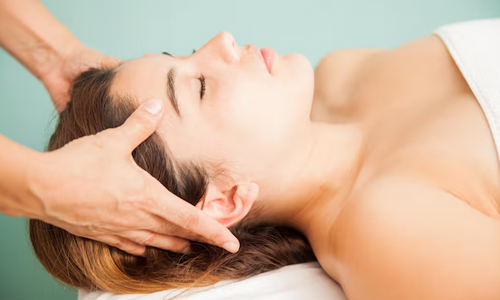
Massaging your temples, neck, and shoulders can relieve tension and reduce migraine pain. It helps improve blood circulation and relax the muscles.
6. Yoga: Mind and Body Harmony
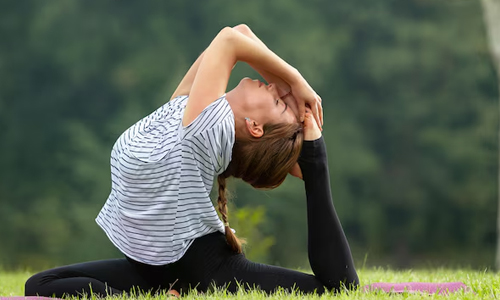
Yoga combines physical postures, breathing exercises, and meditation, which can help manage stress, improve circulation, and reduce the frequency of migraines.
7. Essential Oils: Aromatherapy for the Senses
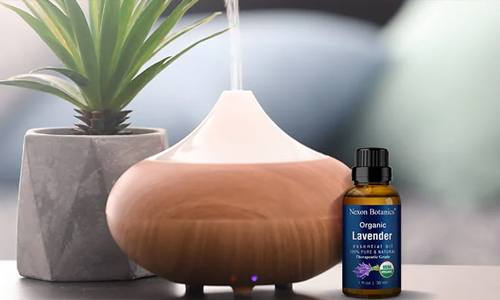
Certain essential oils, like peppermint and lavender, have calming properties that can help ease migraine discomfort when inhaled or applied topically.
8. Exercise: Move It Out

Regular physical activity can reduce the frequency and severity of migraines by reducing stress and improving overall health. Low-impact exercises like walking, swimming, or cycling are great options.
9. Limit the Liquor: Alcohol and Migraines

Excessive alcohol consumption can trigger migraines, so it’s best to consume alcohol in moderation or avoid it altogether.
10. Riboflavin Boost: Vitamin B2 Power

Riboflavin (Vitamin B2) is known to reduce the frequency of migraines. You can find it in foods like eggs, milk, and almonds, or take it as a supplement.
11. Warm Embrace: Heat Therapy

Applying a warm compress or heating pad to the neck or back of the head can relax tense muscles and improve blood flow, helping to reduce migraine pain.
Migraine Pressure Points – Ear, Hand, Foot & Neck
There are special points on your body called pressure points. When these points are pressed, they might help with migraine pain. You can try pressing gently on your temples, the back of your neck, or the top of your foot.
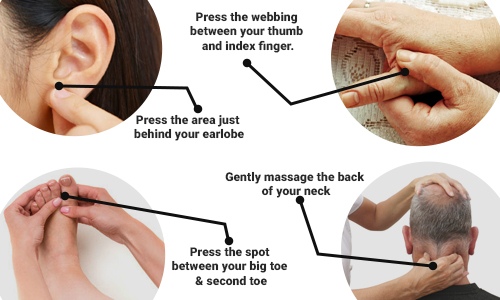
When to See Healthcare Providers
Situations when you need a doctor’s help are:
- Your migraines are very frequent or severe.
- You have a sudden, very intense headache.
- The migraine doesn’t go away with home treatments.
- You have other symptoms like weakness, vision changes, or confusion.
Migraine Diary
A migraine diary can help you keep track of when you get migraines and what might be causing them. This information can help you and your doctor find ways to help you feel better.
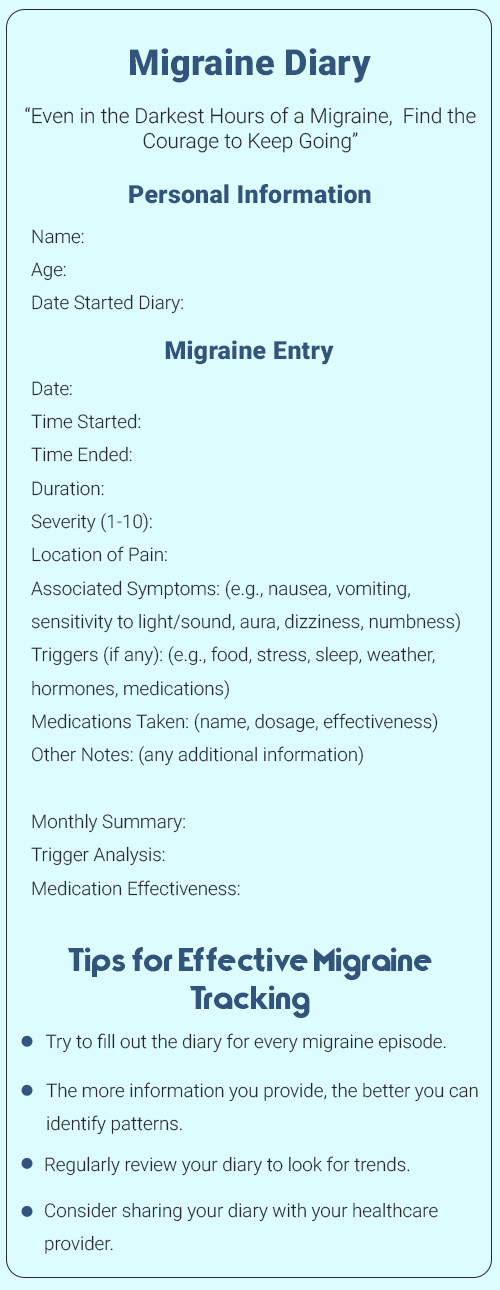
Final Thoughts
Now you know all about migraines and how to stop a migraine! Remember, it’s important to take care of yourself and pay attention to what your body needs. With these tips and remedies, you can manage migraines and feel better quickly. If your migraines are bothering you, don’t hesitate to ask a healthcare provider for help. Stay strong and keep smiling!
Stephenie
Related posts
Women Tips
Privacy Overview
| Cookie | Duration | Description |
|---|---|---|
| cookielawinfo-checkbox-analytics | 11 months | This cookie is set by GDPR Cookie Consent plugin. The cookie is used to store the user consent for the cookies in the category "Analytics". |
| cookielawinfo-checkbox-functional | 11 months | The cookie is set by GDPR cookie consent to record the user consent for the cookies in the category "Functional". |
| cookielawinfo-checkbox-necessary | 11 months | This cookie is set by GDPR Cookie Consent plugin. The cookies is used to store the user consent for the cookies in the category "Necessary". |
| cookielawinfo-checkbox-others | 11 months | This cookie is set by GDPR Cookie Consent plugin. The cookie is used to store the user consent for the cookies in the category "Other. |
| cookielawinfo-checkbox-performance | 11 months | This cookie is set by GDPR Cookie Consent plugin. The cookie is used to store the user consent for the cookies in the category "Performance". |
| viewed_cookie_policy | 11 months | The cookie is set by the GDPR Cookie Consent plugin and is used to store whether or not user has consented to the use of cookies. It does not store any personal data. |

